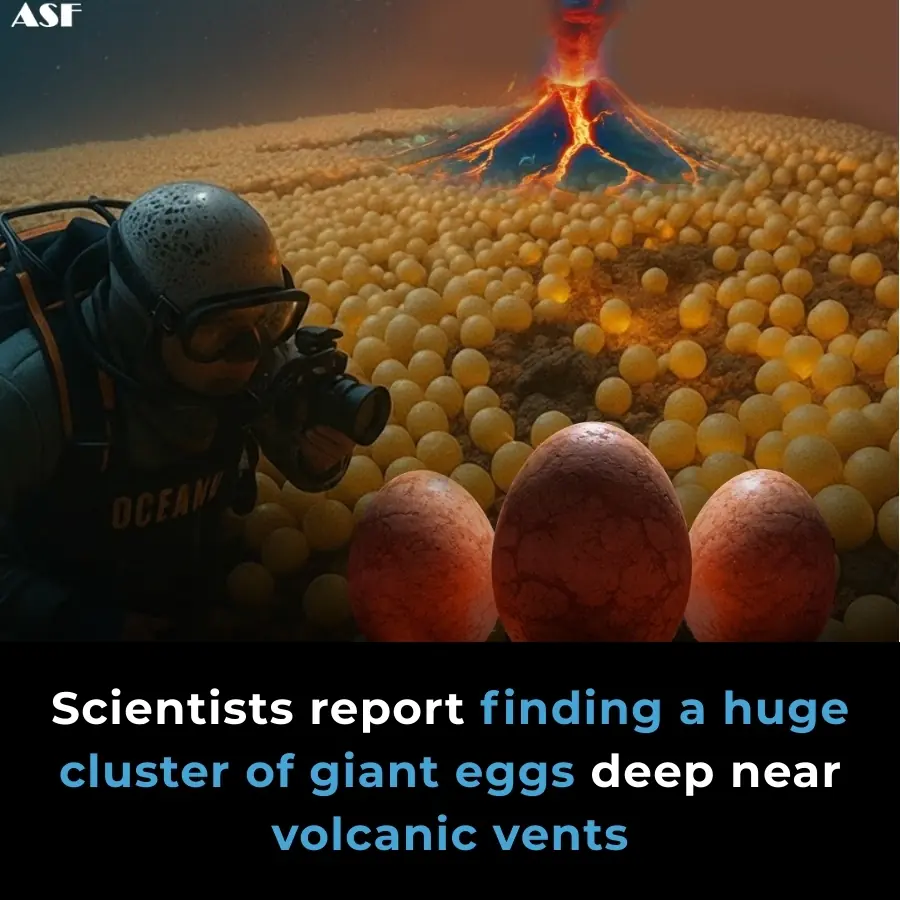
NASA Spots Giant Butterfly-Shaped Coronal Hole Sending Solar Wind Toward Earth
NASA’s Solar Dynamics Observatory (SDO) has captured an extraordinary butterfly-shaped coronal hole on the Sun that spans roughly 500,000 kilometers across — a colossal structure carved into the solar atmosphere. This remarkable formation, with two distinct lobes resembling wings, immediately drew attention from researchers observing the Sun’s magnetic activity and atmospheric behavior.
What Is a Coronal Hole, and How Does It Form?
Coronal holes are regions in the Sun’s outer atmosphere where magnetic field lines open outward into space rather than looping back toward the surface. These open-field areas allow high-speed streams of charged particles — known as the solar wind — to escape into the solar system. Because the plasma within these regions is cooler and less dense, coronal holes appear much darker in ultraviolet and X-ray imagery captured by observatories monitoring the Sun.
The butterfly-shaped coronal hole is a visually striking example of this phenomenon. Instruments aboard NASA missions and international solar observatories have identified similar features before, but the scale and symmetry of this one make it particularly noteworthy.
Size and Comparison to Earth
At nearly half a million kilometers wide, this coronal hole is enormous — about 23 times the diameter of Earth. Such a comparison highlights the vastness and dynamic nature of the Sun’s magnetic environment. Coronal holes of this magnitude often align with heightened solar activity during the solar cycle’s active phases, offering scientists valuable insights into the Sun’s evolving magnetic structure.
Solar Wind, Forecast, and Potential Impact
From this massive opening, a high-speed stream of solar wind is currently flowing into space and is expected to reach Earth. Forecasts from global space-weather monitoring agencies predict that it may trigger geomagnetic storms ranging from G1 (minor) to G2 (moderate). These storms occur when the charged particles from the Sun interact with Earth’s magnetic field, and their intensity depends on how the solar wind’s magnetic orientation aligns with our planet’s.
Although the expected geomagnetic activity is not considered severe, scientists caution that fluctuating magnetic conditions could briefly enhance the strength of the storm, especially if the solar wind’s magnetic field aligns in a way that promotes stronger energy transfer into Earth’s magnetosphere.
Effects on Earth: Auroras and Technological Systems
One of the most visually captivating effects of such solar wind events is the enhancement of auroras — the northern and southern lights. When energetic particles from the solar wind collide with atmospheric gases such as oxygen and nitrogen, they produce shimmering curtains of light across the polar skies. During moderate geomagnetic storms, auroras may become brighter and more widespread, offering spectacular displays for observers at higher latitudes.
In addition to auroras, minor disturbances to satellite navigation, radio communications, and electrical power systems may occur. While these effects are typically limited during G1 or G2 storms, space-weather agencies and satellite operators remain on alert whenever high-speed solar wind streams are headed toward Earth.
Timing and the Russell-McPherron Effect
The timing of this event coincides with a period when Earth is more susceptible to magnetic disturbances due to the Russell-McPherron effect. Around the equinoxes, the geometry of Earth’s magnetic field relative to the Sun’s magnetic field becomes more favorable for strong magnetic coupling, meaning that geomagnetic storms can intensify even when solar wind conditions are not extreme. This makes the arrival of the solar wind from the butterfly-shaped coronal hole particularly interesting to researchers studying space-weather interactions.
Scientific Importance and Ongoing Monitoring
Beyond its dramatic appearance, this butterfly-shaped coronal hole offers an important opportunity for scientists to refine space-weather forecasting models. High-speed solar wind streams from coronal holes are a major driver of geomagnetic storms, and observing their evolution helps scientists better predict when and how these storms will affect Earth.
NASA’s Solar Dynamics Observatory, along with other international missions equipped with ultraviolet and X-ray instruments, continues to monitor the event closely. Data collected from these observations support ongoing research into the Sun’s magnetic behavior, solar wind acceleration, and the mechanisms behind space-weather disturbances.
News in the same category


Tesla Faces Slump: Over 10,000 Cybertrucks Remain Unsold Amid Weak Demand

Over a Million ‘Giant Eggs’ Discovered Near Deep-Sea Hydrothermal Vents

World’s First Full Human Eye Transplant Shows Promising Survival

How Childhood Trauma Shapes the Brain: Insights from Neuroscience

4 Items You Should Never Store in the Freezer — Ignoring Them Could Be Life-Threatening

Subtle Signs of Kidney Cancer That Are Easily Overlooked

It’s Time to SAVE YOUR KIDNEYS by Eating These 3 Foods: Familiar but Not Everyone Knows How to Use Them

U.S. doctor reveals how to remove pesticides and dirt from fruits — just a few simple steps to protect your family

You’re storing garlic and onions wrong — here’s the right way

10 simple ways to reduce dust at home that most people overlook

You’re Doing It All Wrong: Here’s the Right Way to Defrost Frozen Pipes

I Didn’t Know!

Powerful Health Benefits of Pineapple You Should Know

Why You Keep Waking Up at Night
China Just Launched the World’s First 10G Home Internet — And It Signals the Future of Global Connectivity

Good to know!

I had no idea

Works like a charm
News Post

How Artists and Engineers Are Confusing Facial Recognition AI

Tesla Faces Slump: Over 10,000 Cybertrucks Remain Unsold Amid Weak Demand

Over a Million ‘Giant Eggs’ Discovered Near Deep-Sea Hydrothermal Vents

World’s First Full Human Eye Transplant Shows Promising Survival

How Childhood Trauma Shapes the Brain: Insights from Neuroscience

Doctors Warn: 5 Everyday Habits Slowly Damaging Your Kidneys

93% of people won’t do this yet it lowers blood pressure quickly

4 Items You Should Never Store in the Freezer — Ignoring Them Could Be Life-Threatening

Subtle Signs of Kidney Cancer That Are Easily Overlooked

It’s Time to SAVE YOUR KIDNEYS by Eating These 3 Foods: Familiar but Not Everyone Knows How to Use Them

U.S. doctor reveals how to remove pesticides and dirt from fruits — just a few simple steps to protect your family

You’re storing garlic and onions wrong — here’s the right way

The Day a Judge Broke Protocol to Protect a Child.

The Giant Who Rushed Home for a Bedtime Story.

The Day a Burned Little Boy Met His Hero in Blue.

The Princess Who Saved Her Father.

The Mailman Who Became Her Shelter.

Forty-Eight Hours of a Mother’s Love.
